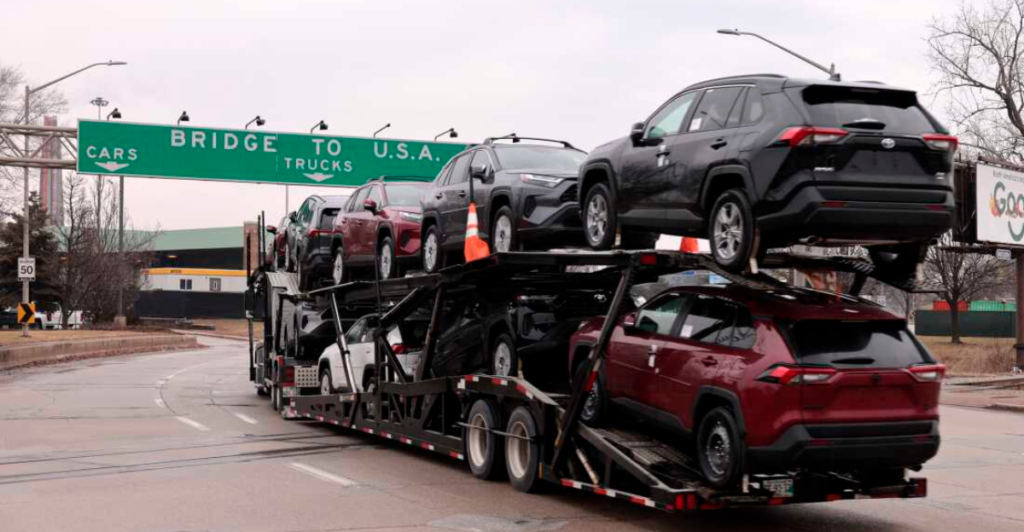
President Donald Trump’s proposed tariffs on imported vehicles and auto parts have generated plenty of discussion over their potential effects on the U.S. automotive market in 2025.
Even as the administration intends to promote domestic production, the tariffs- 25% on imports from Canada and Mexico and 10-20% on imports from China- are likely to increase the cost of vehicles and disrupt the supply chain.
But despite some recent tariff relief measures, experts say many cars will still be subject to price increases, mainly in the new and used car markets. Here’s a closer look at five car brands that dodge the worst of the tariffs and five that are hit hardest.
1. Cars Least Affected by Tariffs: Tesla
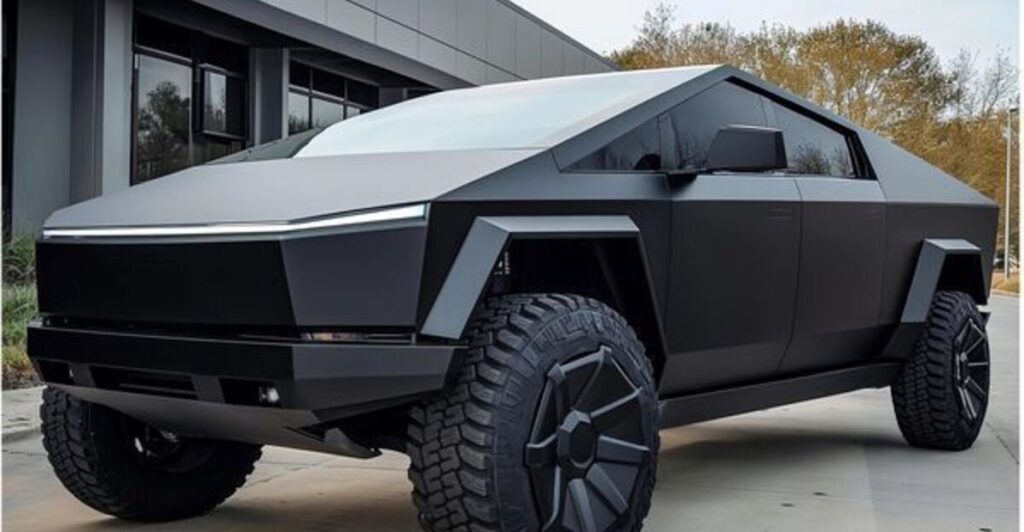
Tesla is the only major automaker not adversely affected by the tariffs. The Model 3 Performance, with 87.5% of its parts and manufacturing done in the U.S., leads the list, followed by the Model Y (85%), Cybertruck (82.5%), Model S (80%), and Model X (80%).
This high domestic content shields Tesla from the brunt of tariffs, but imported components like batteries still contribute some cost pressure. Tesla’s strong footprint on the domestic market means it may be able to dodge the hefty price hikes that are being imposed on other brands.
2. Ford
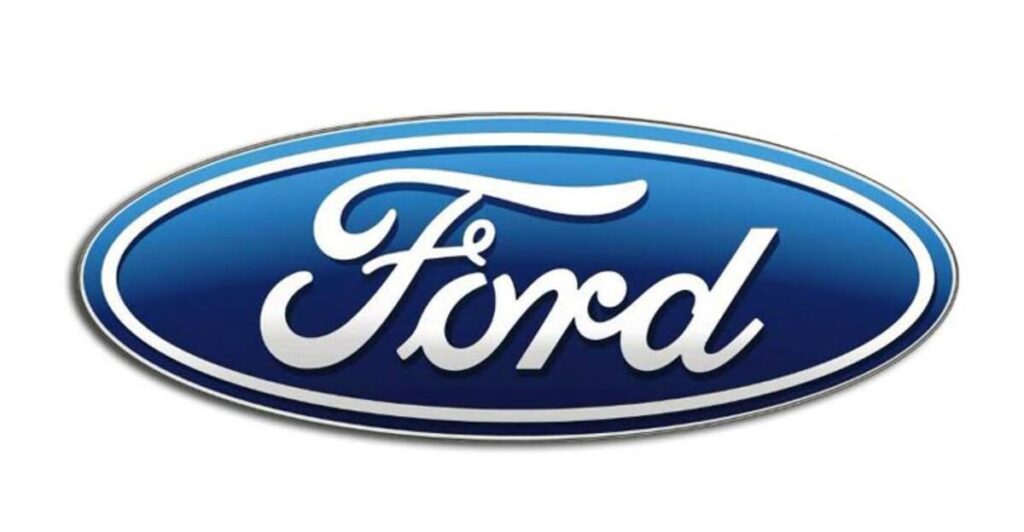
Ford’s Mustang GT AT is approximately 80% domestically produced, which helps it avoid the worst tariff impacts. However, industry experts say that even with some relief from tariffs, Ford and other automakers will be hit with added costs that will likely be passed on to consumers.
The average price of new cars has already risen by nearly $650 in the month since tariffs were announced, with affordable vehicles under $50,000 seeing the sharpest demand spikes as buyers rush to avoid price hikes.
3. Honda
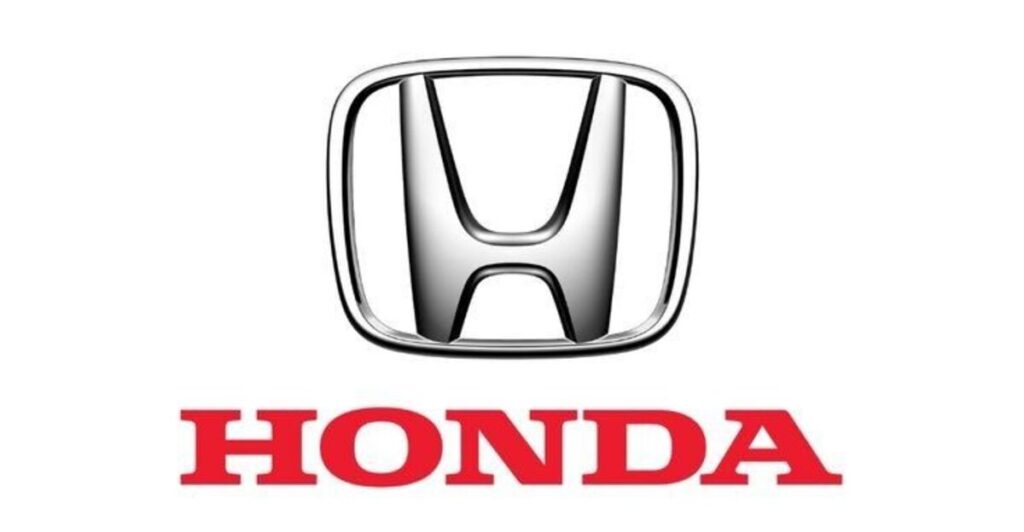
Honda’s 2024 Passport AWD is about 76.5% domestically made, offering some protection against tariffs. AutoLenders VP George Faracchio noted that initial increases were modest due to current inventory, but prices are expected to climb if tariffs remain through spring and summer.
Honda’s Alabama plant produces key models such as the Odyssey, Ridgeline, Pilot, and Passport, supporting its domestic content. Honda’s sales of its hybrids and S.U.V.s helped push its U.S. sales up 33% in 2024, even amid supply chain concerns.
The company is also launching new electric models, including the Honda Prologue and Acura ZDX, aiming to balance production amid ongoing industry hurdles.
4. Jeep
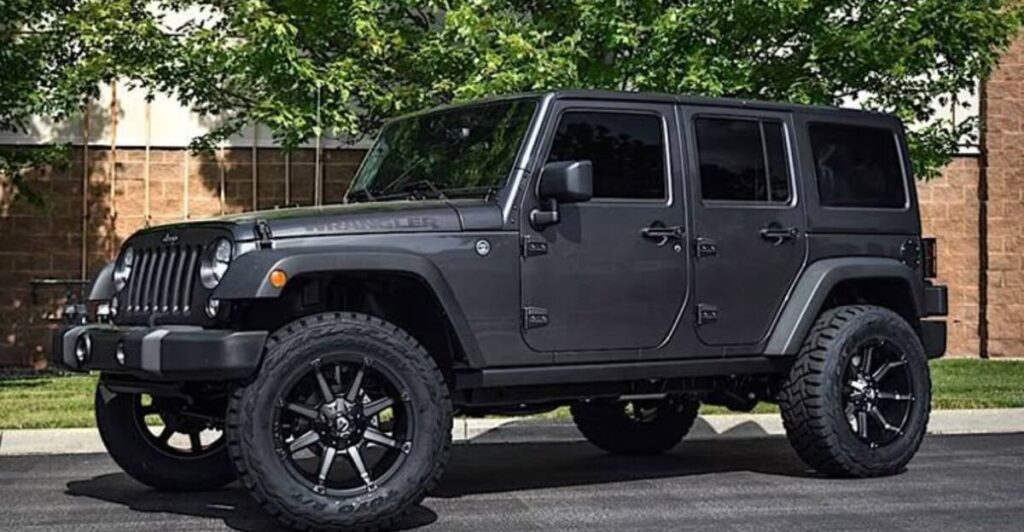
With around 76% of its parts made domestically, Jeep’s Wrangler Rubicon is moderately protected from tariffs, but still faces price increases if tariffs persist. The high domestic content helps reduce costs, yet tightening inventory will push prices higher over time.
Strong demand for Jeeps, particularly for the powerful Rubicon 392, which has a 470-horsepower V8 engine, supports its market position. The V8 was supposed to be phased out, but due to popularity, Jeep kept building it.
As tariffs raise new vehicle prices, more buyers may turn to used Jeeps, increasing competition and prices in that market. Overall, Jeep’s domestic production offers some relief but cannot entirely avoid tariff impacts.
5. Volkswagen
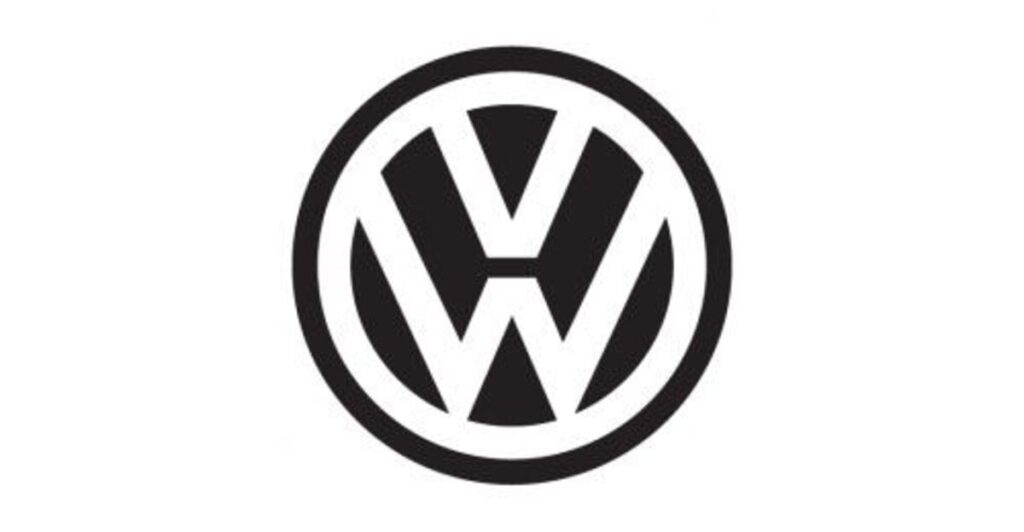
Volkswagen’s ID.4 AWD is roughly 75.5% domestically produced, placing it among the least affected by tariffs. However, the industry expects prolonged market disturbances even if the tariffs are eventually lifted.
Elevated prices and constrained supplies may last for months, reshaping the market beyond the immediate tariff period. This will have an impact on consumer options and pricing across vehicle segments.
1. Cars Hit the Hardest: Mazda
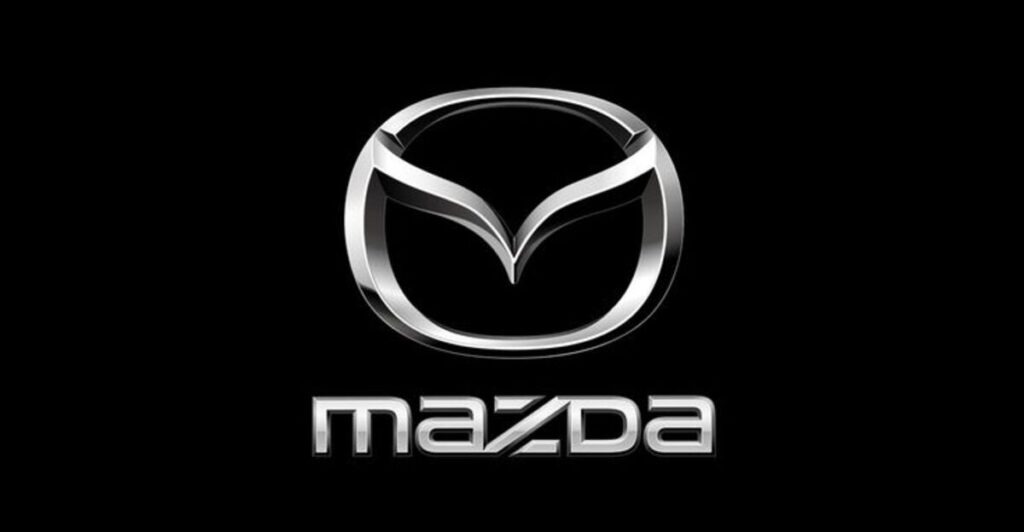
Mazda’s Miata, which is available with just 1% domestic production, would be hard hit by tariffs. The tariffs would also result in substantial cost increases, leading to sticker shock for consumers.
Experts emphasize that because tariffs are temporary, they generate economic uncertainty and lobbying pressures, complicating automakers’ strategic plans to shift production to the U.S., a key goal of the tariff policy.
2. Hyundai

Hyundai’s Elantra also has only 1% domestic content, meaning it’s among the most susceptible to tariff-related price hikes. Moving production to the United States or Canada is not a quick fix — it would require billions of dollars and at least two years due to complex supply chains and infrastructure.
Tariffs hitting overnight add to this complexity, forcing automakers to rethink long-term sourcing and production strategies amid rising costs.
3. BMW
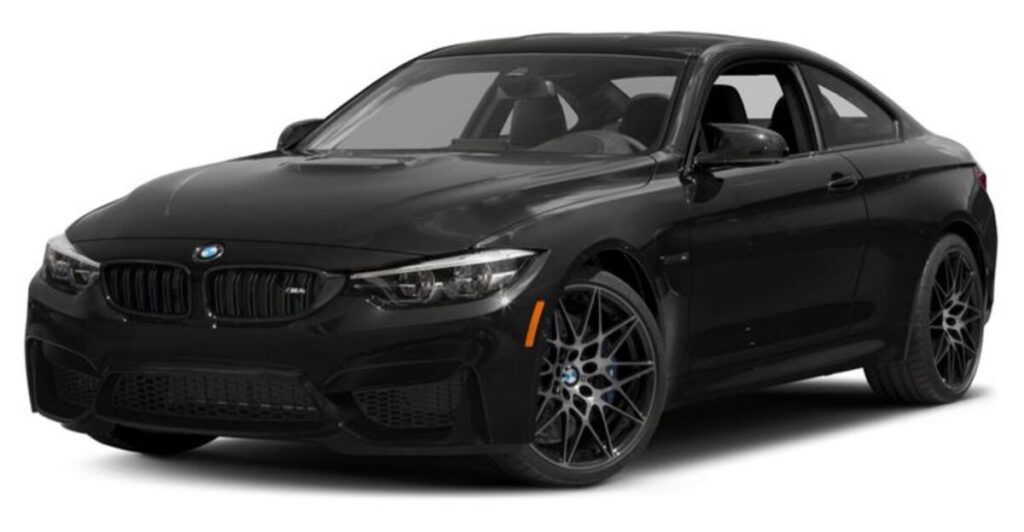
BMW’s M3 Sedan, which has only 1% domestic sourcing, is highly susceptible to tariffs. Tariffs on raw materials such as steel and aluminum also increase production costs at every stage.
Industry experts may also consider measures like diversifying supply chains and improving risk management to reduce these risks. Companies like BMW face substantial challenges adapting to the evolving tariff landscape.
4. Subaru
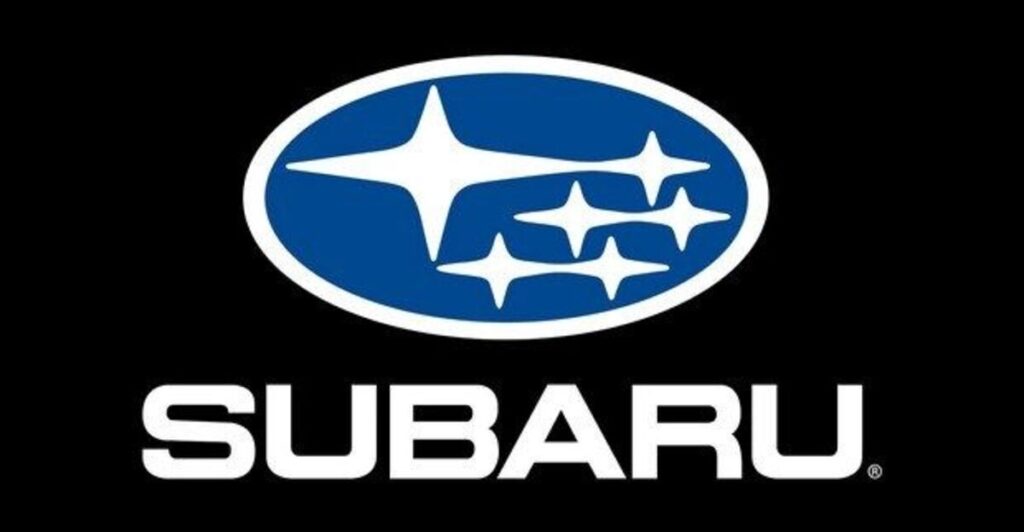
Subaru’s BRZ, which also has 1% domestic production, is vulnerable to tariff effects. The anticipation of price hikes has led to a surge in showroom traffic, as consumers rush to buy now to avoid a price hike.
This behavior reflects a dilemma many face: buy now to avoid higher costs or delay purchases and risk paying more later. The tariffs thus significantly influence consumer buying patterns.
5. Toyota
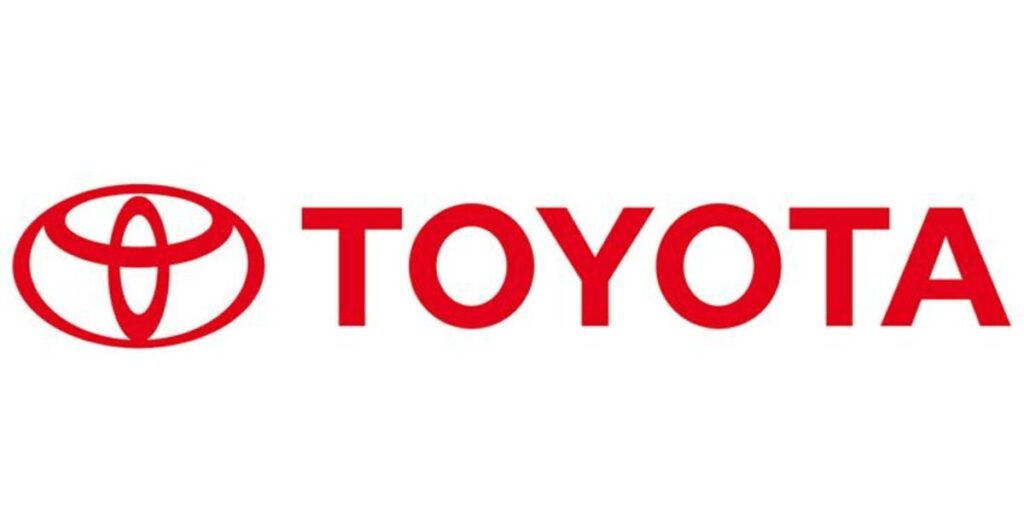
Toyota’s GR 86 and GR Corolla, each with only 1% domestic content, are among the hardest hit by tariffs. Tariffs act like taxes, increasing prices and reducing demand.
After an initial surge in sales as buyers try to beat price hikes, experts predict a prolonged decline in new car sales until tariff policies change. This could have lasting effects on Toyota’s U.S. market performance.
References:
Car Prices Expected to Rise as Tariffs on Parts Kick In
These 10 Automakers Will Be Hit Hardest By Tariffs, With Price Hikes Likely
2025 Tariffs: What Car Buyers and Businesses Should Expect
